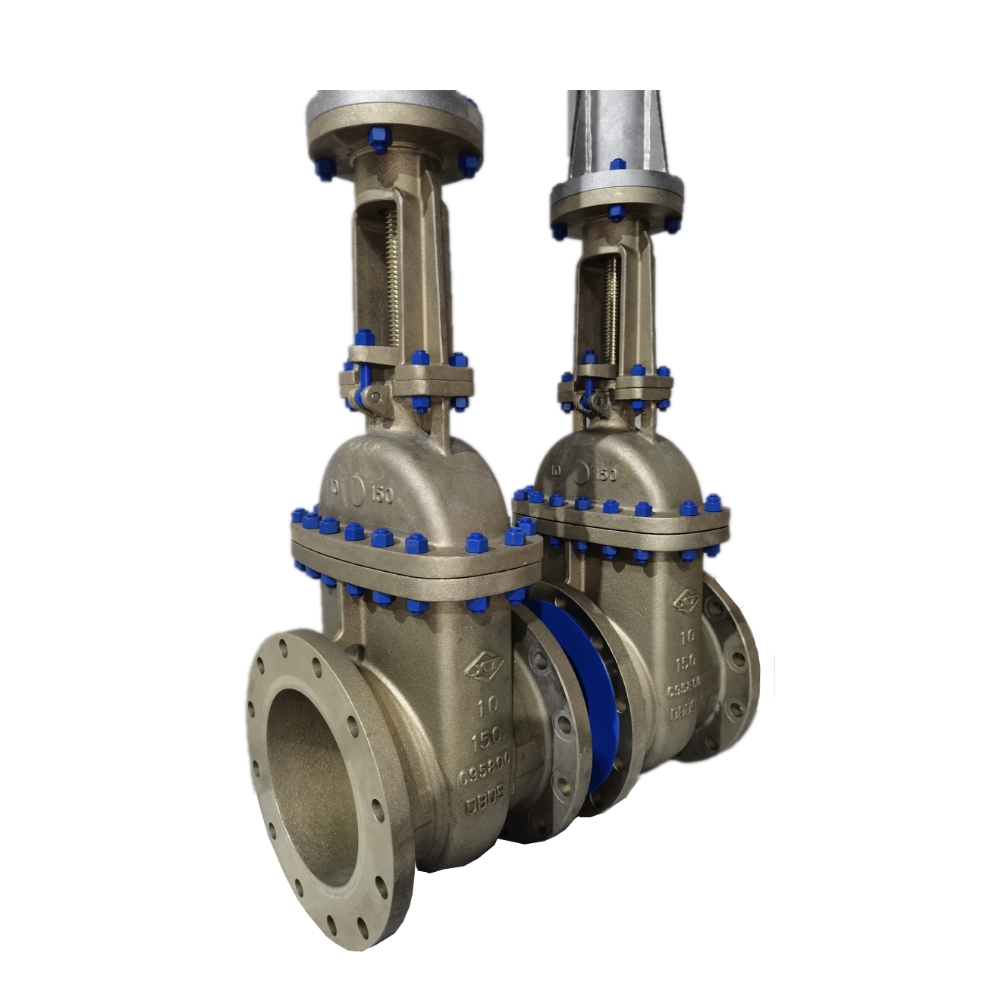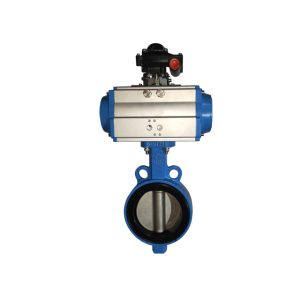Table of Contents
ToggleBronze and brass valves have different properties. The former has higher thermal conductivity than the latter and is, therefore, better suited for hotter temperatures. However, the former does not have the same thermal conductivity as copper, so the price of bronze valves is generally lower.
Both bronze and brass valves are made of copper and other metals. Both metals are malleable, so they are useful for a variety of applications. Although bronze valves have a smooth surface, they are not as durable as bronze.
That said, they both come with advantages and disadvantages. Brass valves are generally more affordable than bronze valves, so it’s important to understand the differences before making a purchase.
If you want to know more about the difference between brass and bronze, continue reading this article.
What is a Brass Valve?
If you’ve ever wondered what a brass valve is, you’ve come to the right place. Compared to bronze and copper valves, brass is far more durable and offers better performance. Due to their corrosion resistance, brass valves are a popular choice for use in a variety of applications, including the petrochemical, marine, and natural gas industries. These valves also withstand fire and are often made of Teflon-sealed materials.
Brass valves are made of brass and chrome-plated surfaces. Solid balls are used below ph39, while hollow spheres are used above that level. The ball material also determines the sealing performance. Brass valve bodies are commonly made of free-machining brass, also called CDA 360 or UNS C36000. Brass is also commonly used for ball valve bodies. Ultimately, it is up to you to decide which type of brass valve is right for your specific application.
What Is a Bronze Valve?
A bronze valve is one of the oldest types of valves. The composition and properties of bronze vary, but the two metals share many of the same characteristics. Bronze, a copper alloy, was first used by the Romans in the first century B.C., but there are now several types of bronze alloys made from other metals as well, including nickel, aluminum, and manganese. Bronze valves have a rough, porous finish and are usually made by mold casting or machining cast ingots.
When choosing a bronze valve, consider your specific application and the environment in which you will be using it. A bronze valve is an excellent choice for harsher environments, such as offshore platforms or oil and gas exploration. Brass valves are softer and are considered better for industrial use than bronze valves and are usually rated for up to 600 psi. Bronze, on the other hand, is made of copper and tin. It is much harder than brass but is more brittle.
The Difference between Brass and Bronze Valve Materials
When choosing valves, you should know the difference between bronze and brass. Although the two metals have similar names, looks, and uses, they are quite different. While they both contain copper, brass is more malleable and has lower lead content. Bronze, on the other hand, is harder and requires additional polishing to achieve a smooth surface.
Bronze is harder and more brittle than brass. However, the metal is more resistant to tarnishing. Bronze is less malleable but has a higher melting point. Brass, on the other hand, is more corrosion-resistant, allowing it to be used in many applications.
Bronze valves are generally stronger than stainless steel valves, but they can be more expensive. And you should consider the cost of replacement when choosing a valve.
When selecting brass valves, you should consider whether you need a high-pressure valve or one that can withstand higher temperatures. If you are buying valves for a potable water application, you might want to consider a brass or bronze valve. These valves are mid-range priced and are great for water systems.
Another difference between the two metals is their melting point. Bronze is more malleable than brass and is more durable. The difference between the two materials will depend on how you plan to use the metal.
Bronze has a higher melting point than brass and can be easily shaped. The melting point is the point where the metal transitions from a solid to a liquid state. This transition can result in component failure. You must consider the mechanical properties you need in your valves when choosing which material to use.
As for the differences between bronze and brass valves, brass is better for welding and soldering. The difference between brass and bronze valves can be quite significant. While brass valves are stronger, they are not as popular in food and pharmaceutical manufacturing because of their lead content in them.
Some industries, however, find that brass valves are safer than their counterparts due to the risk of lead poisoning. So, when purchasing a bronze valve, you should take the time to compare the two. It will help you decide which type is right for your application.










